
Published:
Readtime: 9 min
Every product is carefully selected by our editors and experts. If you buy from a link, we may earn a commission. Learn more. For more information on how we test products, click here.
| High point | Low point | Verdict |
| The most advanced, best-looking Porsche Panamera ever. More comfortable than a Bentley thanks to Porsche Active Ride, but also more fun to drive. | Expensive, significantly more than a Porsche Cayenne, which is also very comfortable and fun to drive. | The newest and best Porsche Panamera. While this level of technology and innovation overwhelms some of its competitors, the Panamera is a better all-around car because of it. |
With one modern Porsche model to tick off the list, the Panamera always seemed to escape me. It’s the brand’s slowest-selling model in Australia, so it’s easy to understand why Porsche doesn’t push this through the mits of every motoring journalist in the country. But like you, I always wondered what the big German battleship was about.
Due to our local buying habits, which prioritise high-riding SUVs over superior sedans, Porsche has sold 59 Panameras through June 2025. That’s a 57.1% increase on the same period last year, but a mere speck of dust compared to the 29,587 they sold worldwide in 2024. Sales of their large Cayenne SUV and medium-size Macan SUV, on the other hand, are monstrous, with 2,284 vehicles sold across the two marques through June 2025.
The launch of a new Panamera does give the brand the chance to reintroduce the third-generation vehicle to the market, and with a host of new features, including the available Porsche Active Ride suspension, it could be the best super sedan money can buy. So, to find out for myself, I spent a week behind the wheel of the 4.0-litre twin-turbo hybrid V8-powered Porsche Panamera Turbo E-Hybrid (from AUD$425,500). How does this 500kW German battleship carry the Porsche torch, and who should buy one over a top-spec Cayenne Turbo S E-Hybrid for $100,000 less? Let’s find out.
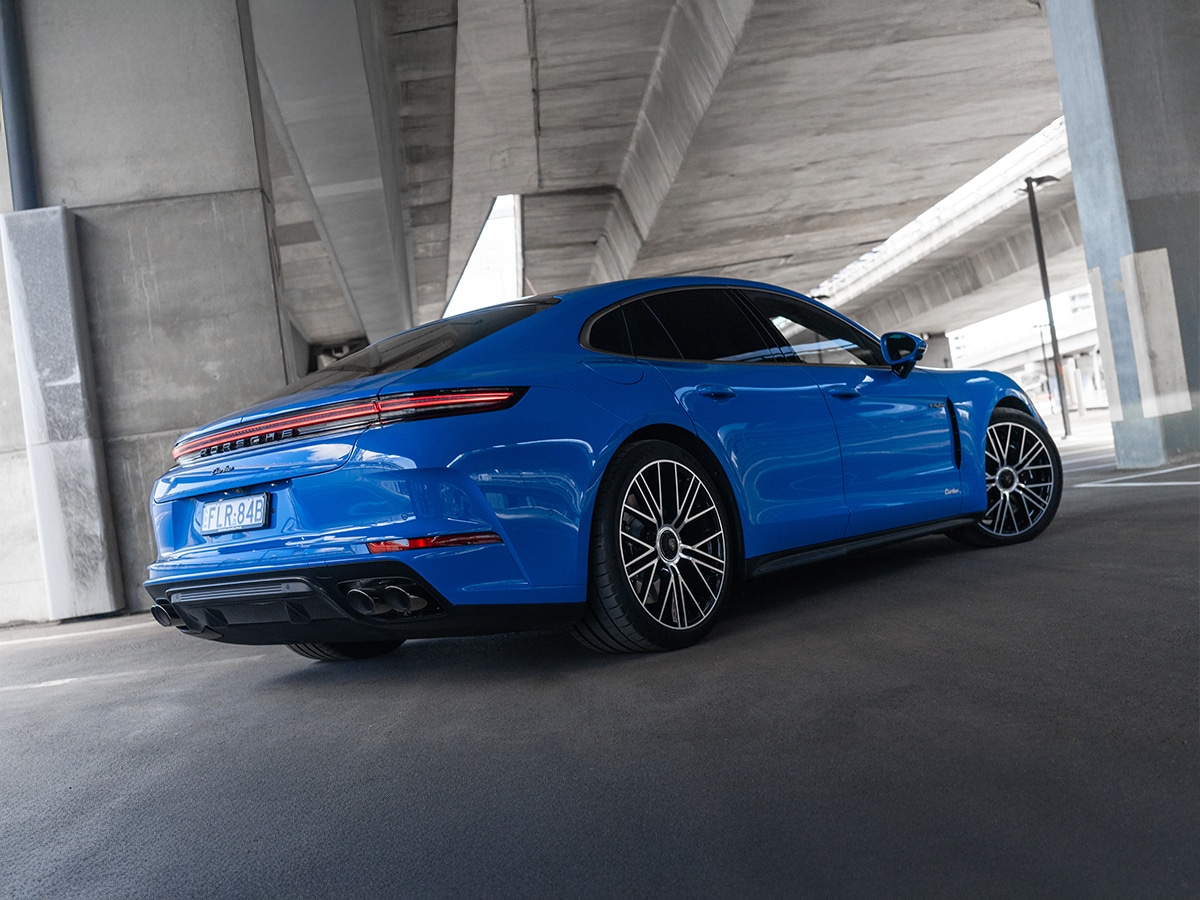
First, a Caveat: It’s Not Cheap
Despite it being a small market, the Porsche Panamera line-up in Australia is immense, with six separate model variants:
- Panamera – from AUD$205,300
- Panamera 4 E‑Hybrid – from AUD$251,400
- Panamera 4S E‑Hybrid – from AUD$297,500
- Panamera GTS – from AUD$340,600
- Panamera Turbo E‑Hybrid – from AUD$425,500
- Panamera Turbo S E‑Hybrid – from AUD$486,100
The car I’ve been driving is the Panamera Turbo E-Hybrid, which is powered by a 4.0-litre V8 twin-turbo petrol engine with an electric motor and a maximum combined power of 500 kW at 5,500–6,800 RPM and 930 Nm at 1,600 – 4,900 RPM. It’s a slightly detuned version of the powertrain now available in the latest generation Bentley Continental GT Speed, but if you want the full 575 kW of power, check out the Panamera Turbo S E-Hybrid.
This engine sends power to the ground through an 8-speed PDK (Porsche Doppelkupplung) automatic gearbox and all-wheel drive system in all model grades, except for the rear-wheel drive entry-grade Panamera.
With Launch Control active, 0-100km/h is dispatched in 3.2 seconds before going on to a top speed of 315 km/h. It’s bonkers quick, but so is everything in Porsche’s line-up, and even the equivalent Cayenne manages the same in 3.7 seconds. Still, its always impressive to see a near 2.5-tonne sedan accelerate that quickly.
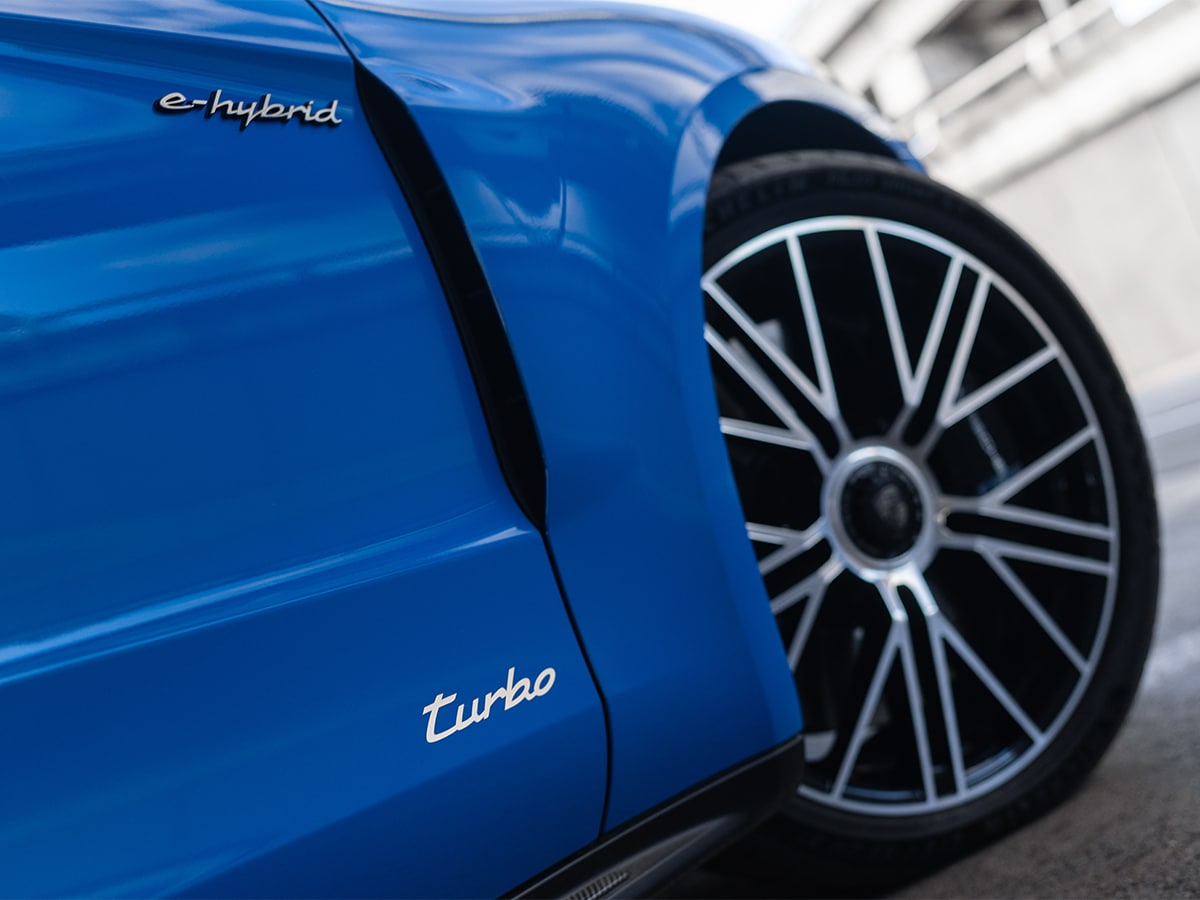
Porsche Active Ride is Mind-Blowing, We Don’t Say That Lightly
We know it’s powerful, but the Panamera has a few tricks up its half-a-million-dollar sleeve, including an incredible Porsche Active Ride suspension system (optional on E-Hybrid model grades only) that uses active two-valve shock absorbers and single-chamber air springs to “actively and rapidly regulate the forces encountered at each individual damper.” What this means in the real world is that the cameras tell the car exactly what the road in front of you is doing, and the car computes that in real-time and either makes it more comfortable or more dynamic.
If it spots a speed bump or hump in the road, it raises the front end to avoid scrapes. If you take an off-camber turn quickly, it raises the suspension on the outside wheels to counteract body roll and level the car out. It even raises the front of the car under heavy braking situations to counter nose dive, like a high-performance yacht coming to a stop. Not that it needs any more help with 10-piston Aluminium monobloc fixed-calliper brakes up front in the Turbo E-Hybrid.
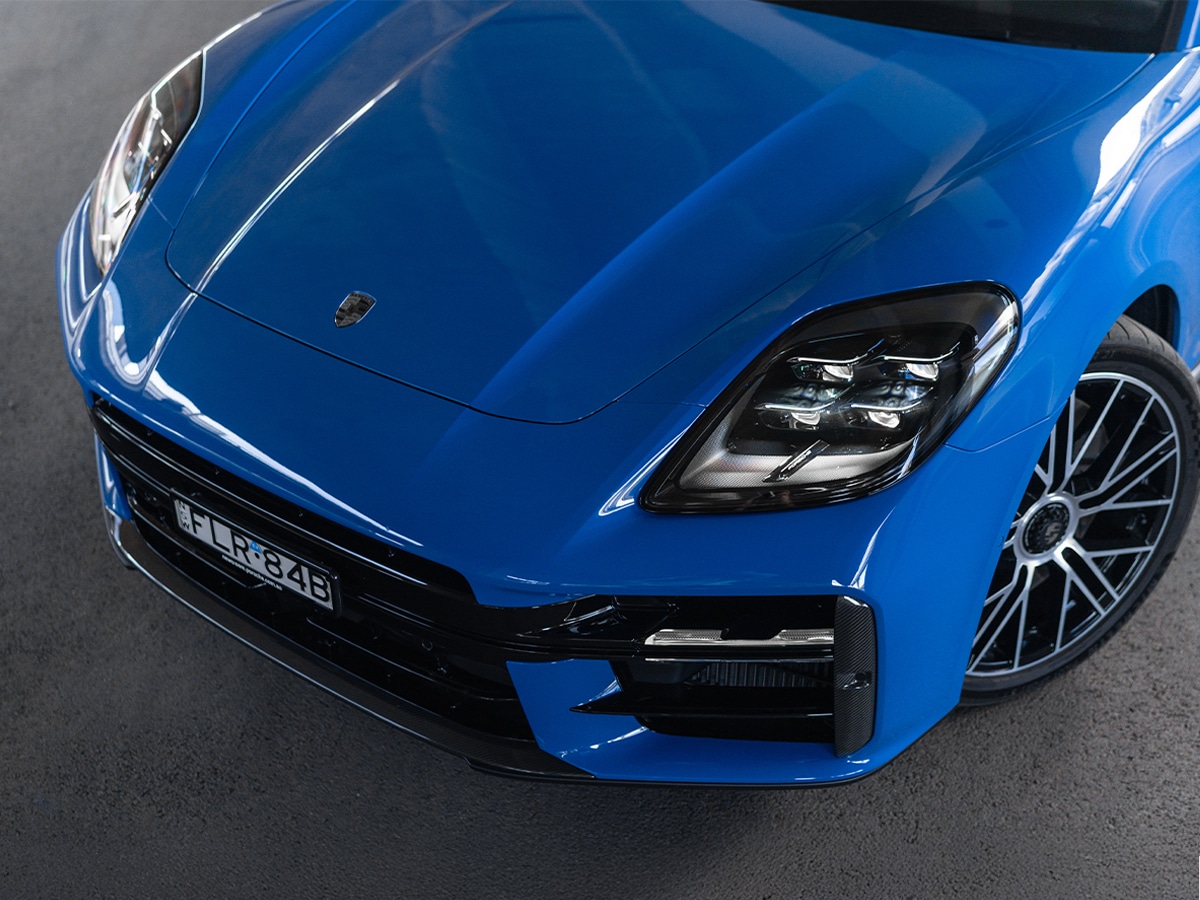
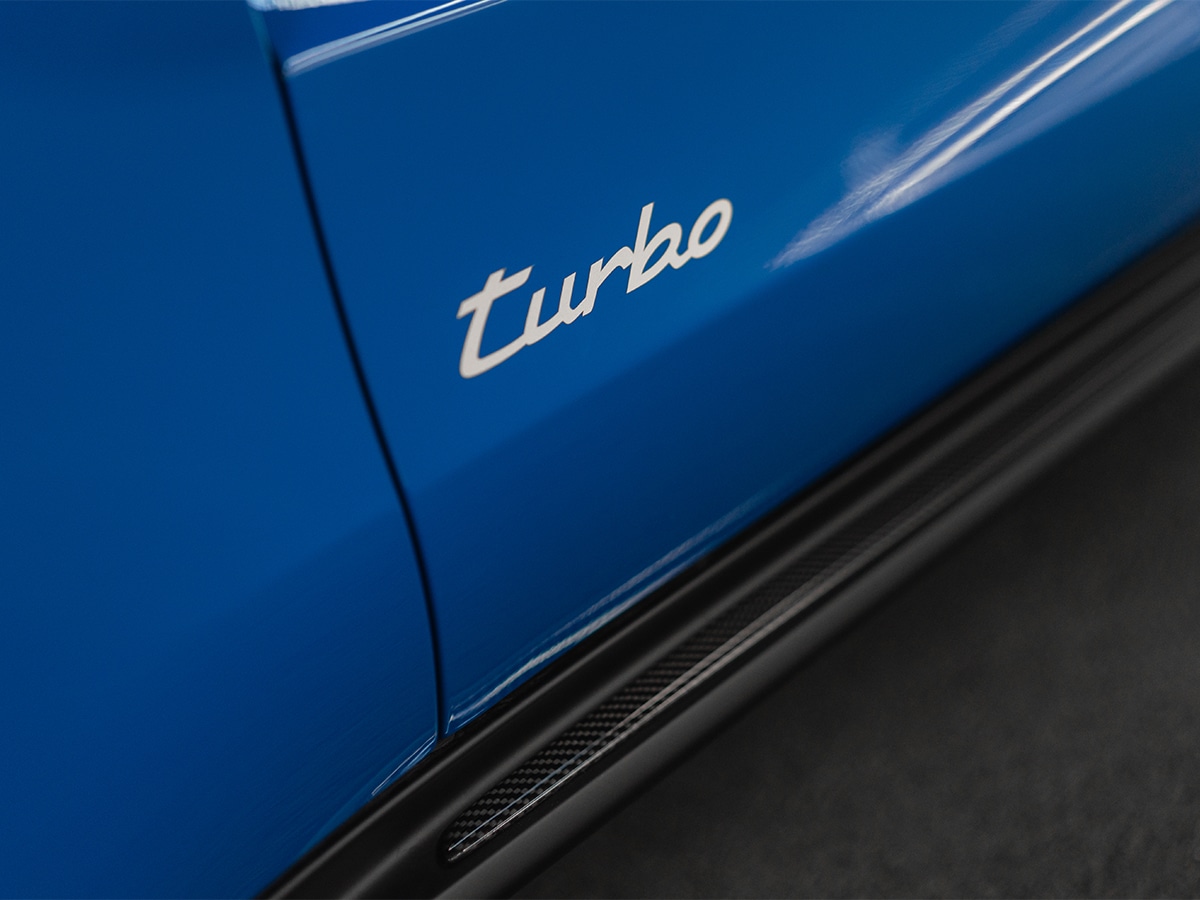
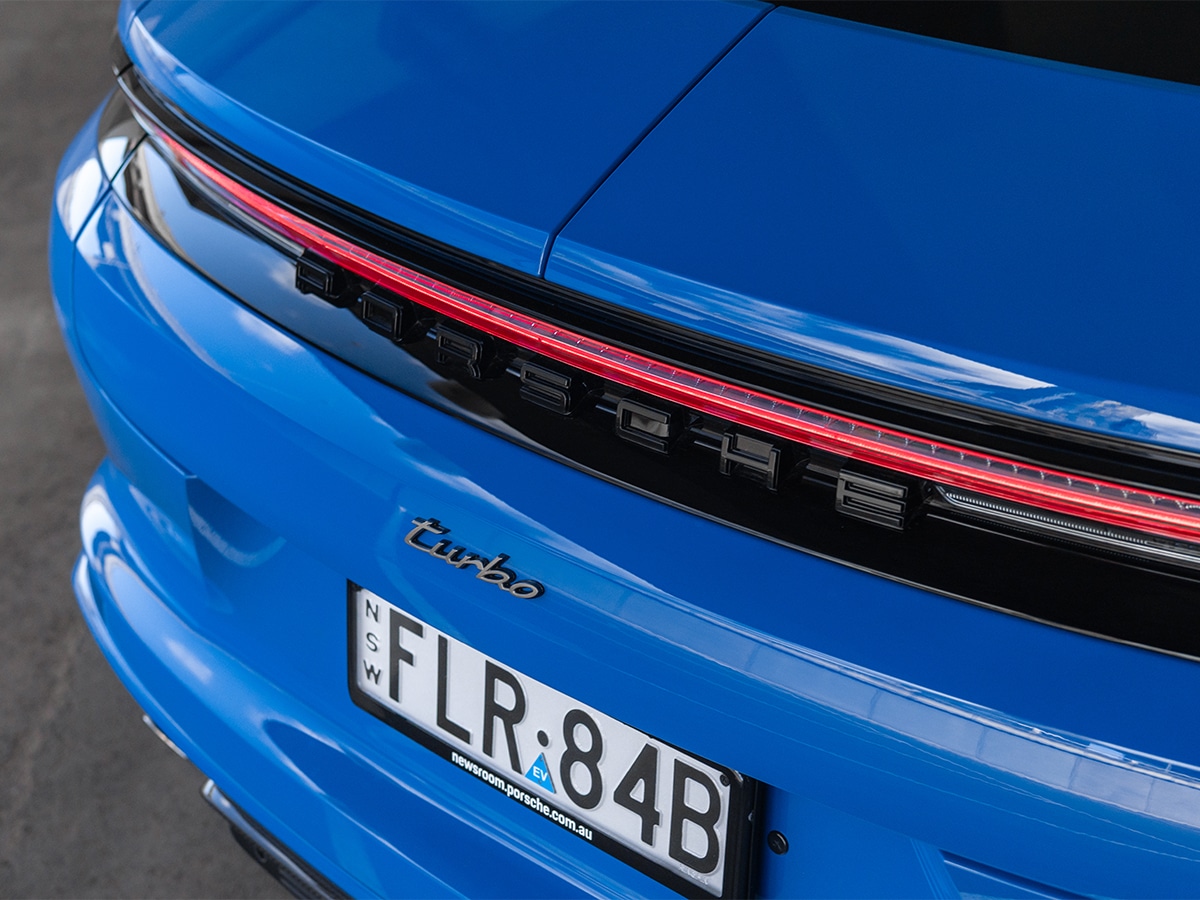
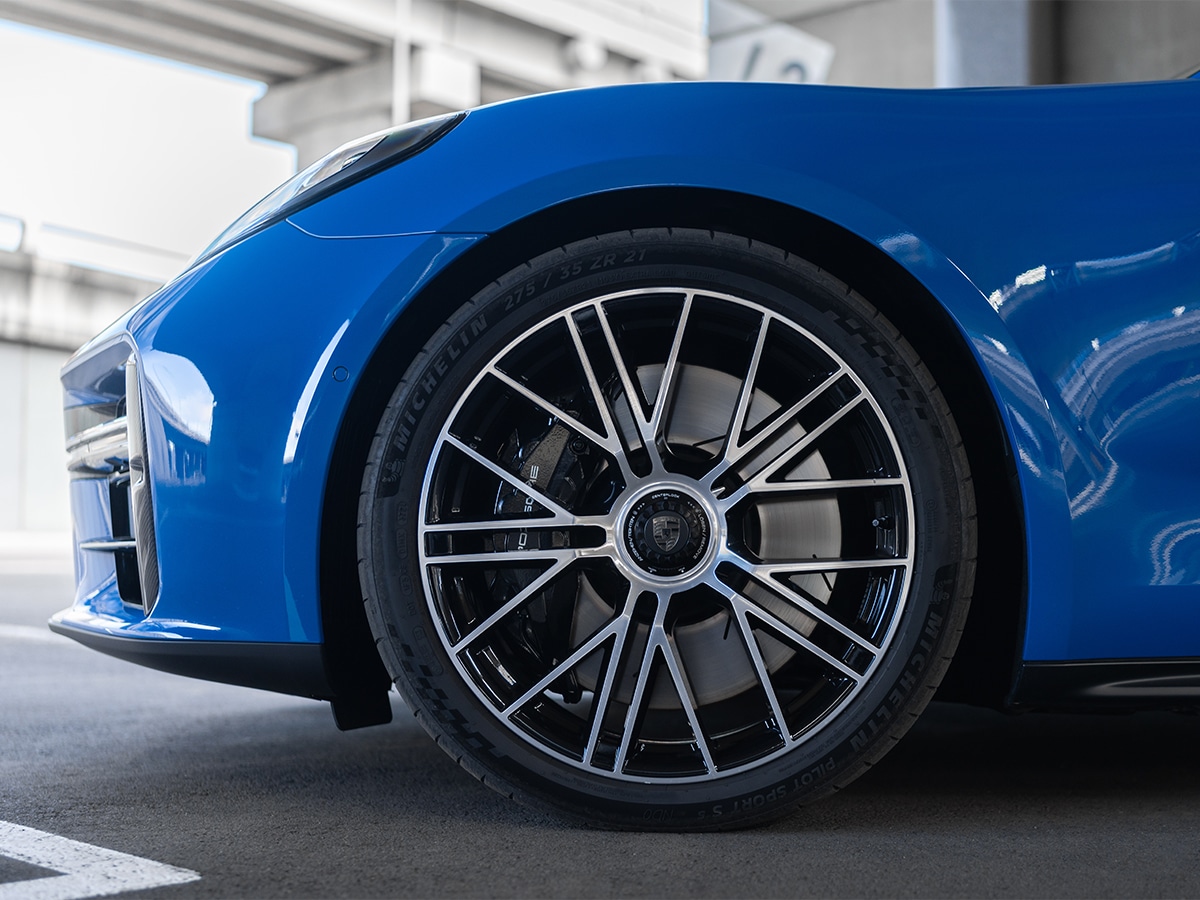
Even on 21-inch Panamera Sport Design wheels, the Panamera Turbo E-Hybrid is amongst the most comfortable vehicles I have ever driven around town. It’s closely followed by the Audi S8 and Range Rover Sport, which both use similar active suspension systems. Trying to put the Porsche Active Ride suspension system into words is difficult, so I recommend watching this video.
Of course, when it comes time to push it down a few country backroads, the Panamera is quintessentially a Porsche. The EPAS steering is still the best in the industry, the suspension needs no further explanation, and the power is immense. The only thing we’re missing is an Autobahn, where this would happily sit north of 200km/h for hours.
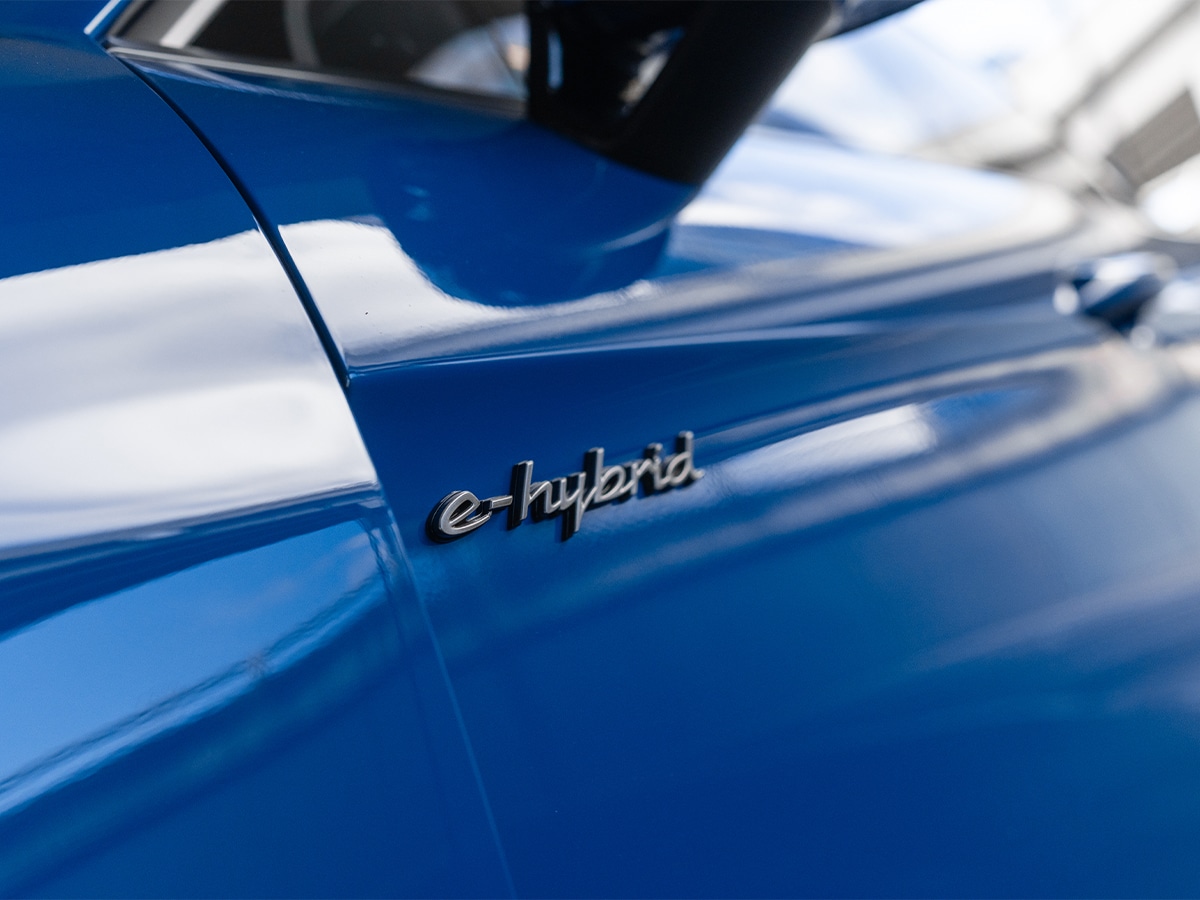
E-Hybrid System Gives You the Best of Petrol and Electric
While the new Porsche 911 T-Hybrid system is a pure performance hybrid with no claimed electric range, the Panamera uses a more traditional system with an electric motor at the rear axle and a battery charged by the engine, or with a cable overnight. That unlocks up to 92 kilometres of all-electric range in the new Panamera Turbo E-Hybrid, and that means you can easily drive from home to your office, the golf course, and Sunday lunch without ever using a drop of petrol, even at highway speeds.
Four optimised E-Hybrid-specific drive modes optimise energy efficiency and are found across all E-Hybrid model grades:
- E-Power mode: Vehicle starts in purely electric mode
- Hybrid Auto mode: Engaged when the battery state of charge falls below a certain level
- E-Hold mode: Preserves the battery’s current state of charge
- E-Charge mode: Uses the combustion engine to recharge the battery above 55 km/h
When driven in Hybrid Auto mode, the Panamera will deplete all of its available electric range, but it will never completely drain the battery. Importantly, I never noticed a significant drop in performance when I drove with the battery empty in Hybrid Auto mode, and a new electric brake booster does allow a smoother transition between energy regeneration when braking (to replenish the battery).
Like me, owners will spend most of their time driving around in Sport mode with the engine turned on to listen to the Turbo V8, but having the option to exit the neighbourhood in the morning without waking anyone up is always a positive.
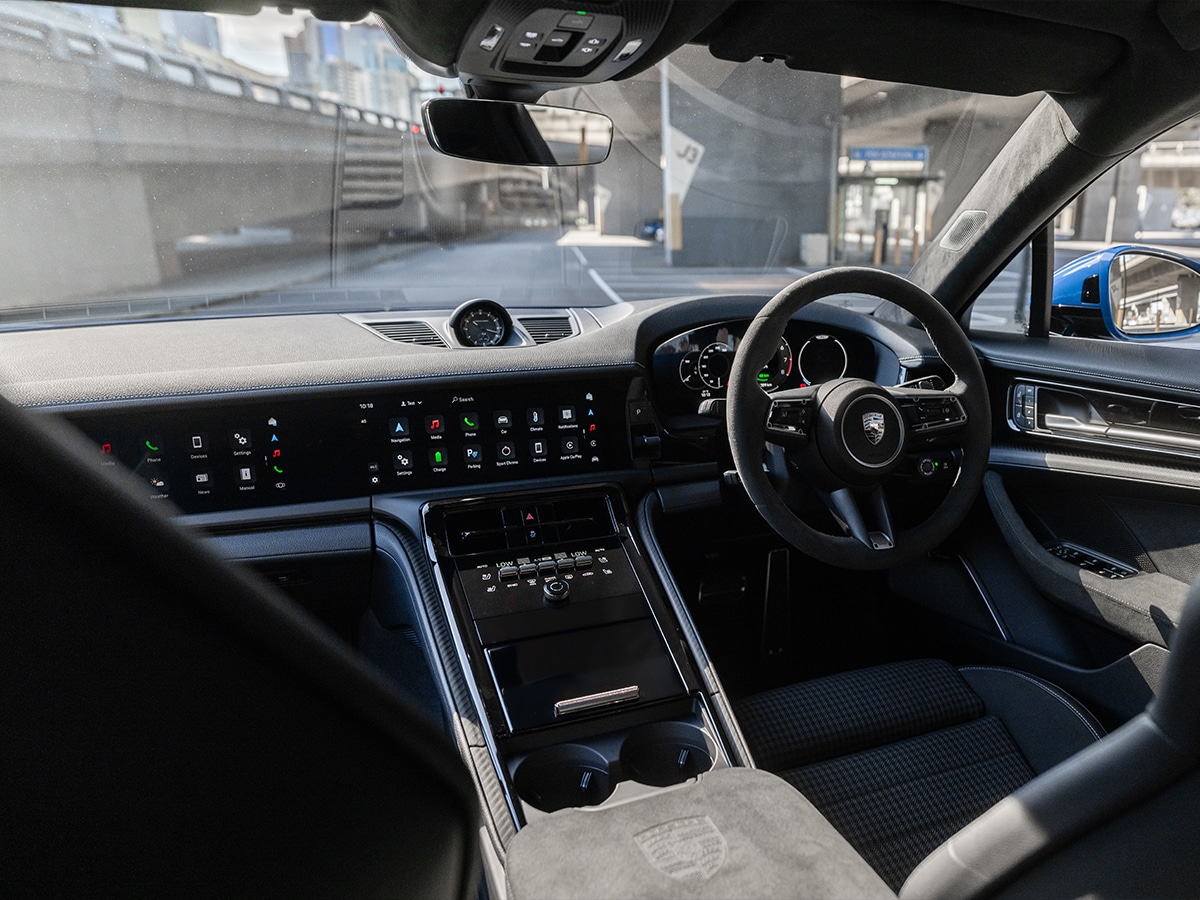
Porsche Has Upped the Tech Inside Without Sacrificing Class
This is not a small car, and while that does mean it’s a heavy beast, the space, storage, and technology that you gain on the interior could be worth the trade-off.
It’s one of Porsche’s flagship vehicles, and like a Mercedes S-Class, it is filled with all of the brand’s latest interior comfort and convenience features. You have the latest version of Porsche Communication Management (PCM) with a 12.3-inch touchscreen display in full HD, online navigation, Digital radio (DAB+), Porsche Connect with Apple CarPlay (wireless) and Android Auto (wireless), music and video streaming, online radio, remote services and a wide range of other Porsche Connect services.
However, what impressed me the most was the optional 1,455-Watt Burmester High-End 3D Surround Sound System that features 21 individually controlled loudspeakers, including a 400-Watt active subwoofer with a class D digital amplifier. Standard kit is a 710-Watt BOSE Surround Sound system with 14 speakers (including subwoofer).



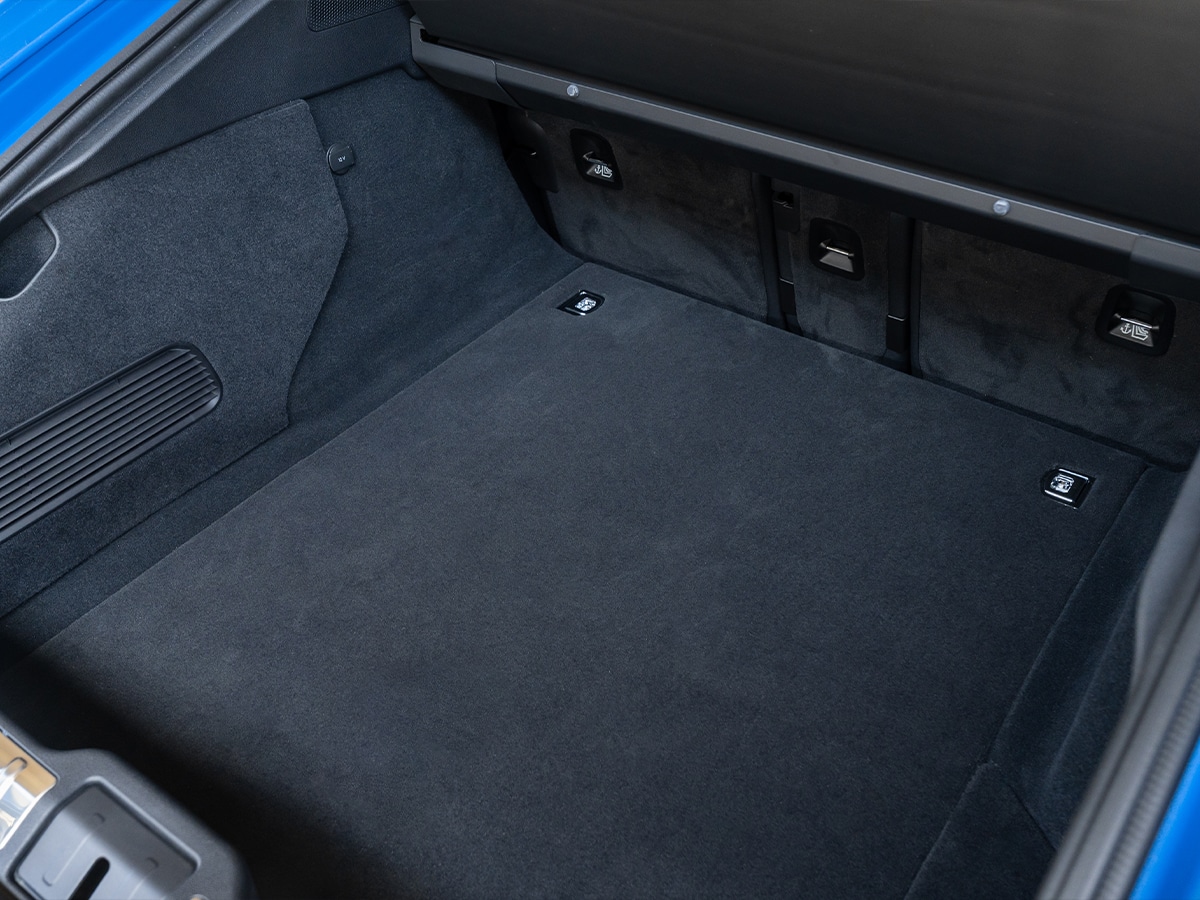
Comfort and convenience features include a new 15-Watt wireless charger with cooling function in the centre console (the fan is quite loud, so it has a lid to cover it) and two USB-C fast charging ports in the front centre console and the rear have you covered from a charging perspective. Meanwhile, the standard 18-way electric Adaptive Sports seats with memory package in the Turbo E-Hybrid model I drove are amongst the best on the market, and individual rear seats are fitted.
Fit and finish are amongst the best on the market at any price point, and various interior accents are finished in Turbonite on the Turbo S E-Hybrid and the Turbo E-Hybrid. If you want a sportier Panamera, the Race-Tex, Alcantara-like material inside the Panamera GTS could be the move.
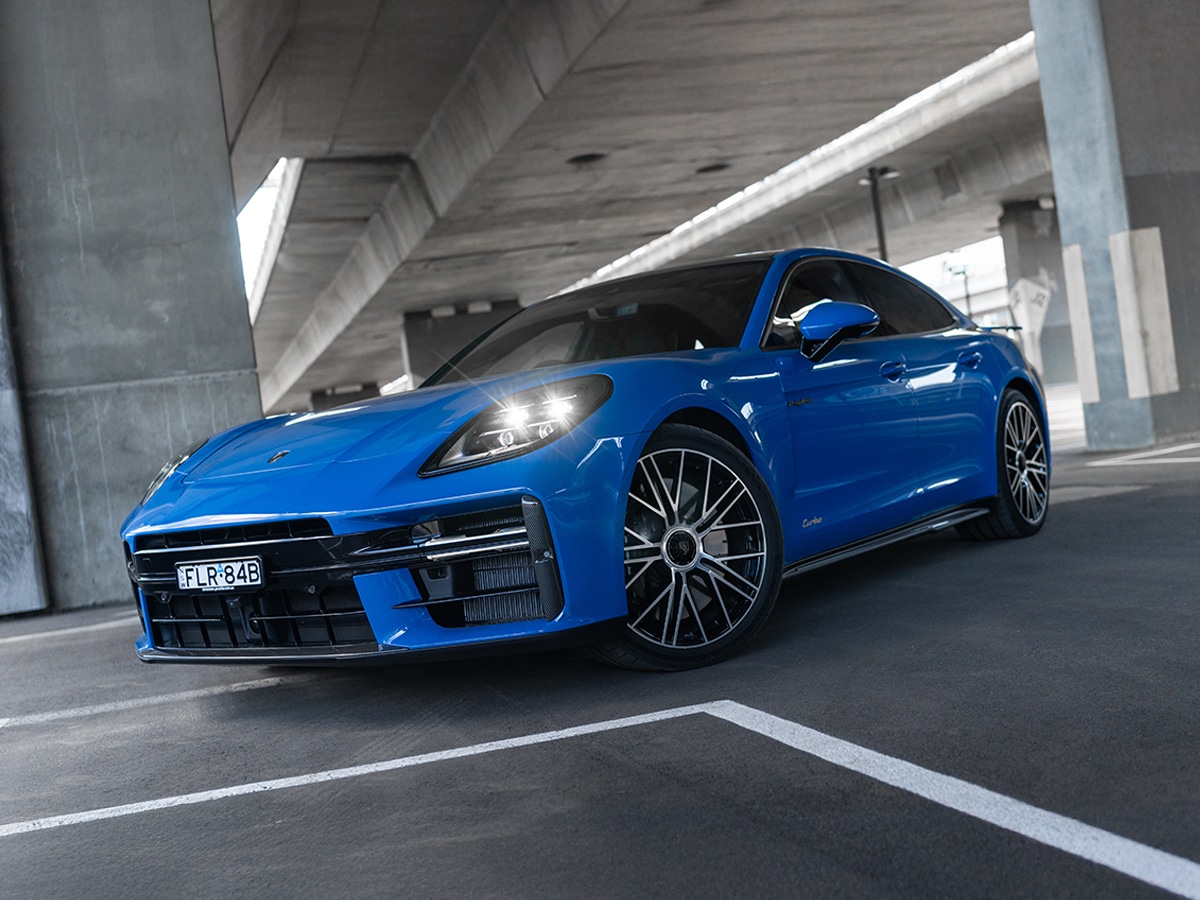
Is This the Best Super Sedan Money Can Buy?
I think the short answer is yes, and while the numbers aren’t huge, the market has responded positively to the new Porsche Panamera. It now leads sales in the “Upper Large > $100K” segment with 59 sales on the year through June 2025.
It outsells the nearest Bentley by a country mile, and it’s only challenged by the Mercedes-Benz S-Class (50 sales). The Porsche Panamera’s closest competitor, the BMW M8 Grand Coupe (from AUD$377,000 plus on-roads), might be less expensive, but it has less than half the sales of the Panamera.
Having spent a week behind the wheel, it’s not hard to see why the Panamera leads our market in sales, but I do find it hard to believe that this car isn’t more widely appreciated by the luxury vehicle buyer.
Yes, it’s very expensive, but next to the 911, this is Porsche’s flagship “Halo” product, and I think the latest generation vehicle demonstrates that better than all those vehicles that came before it.
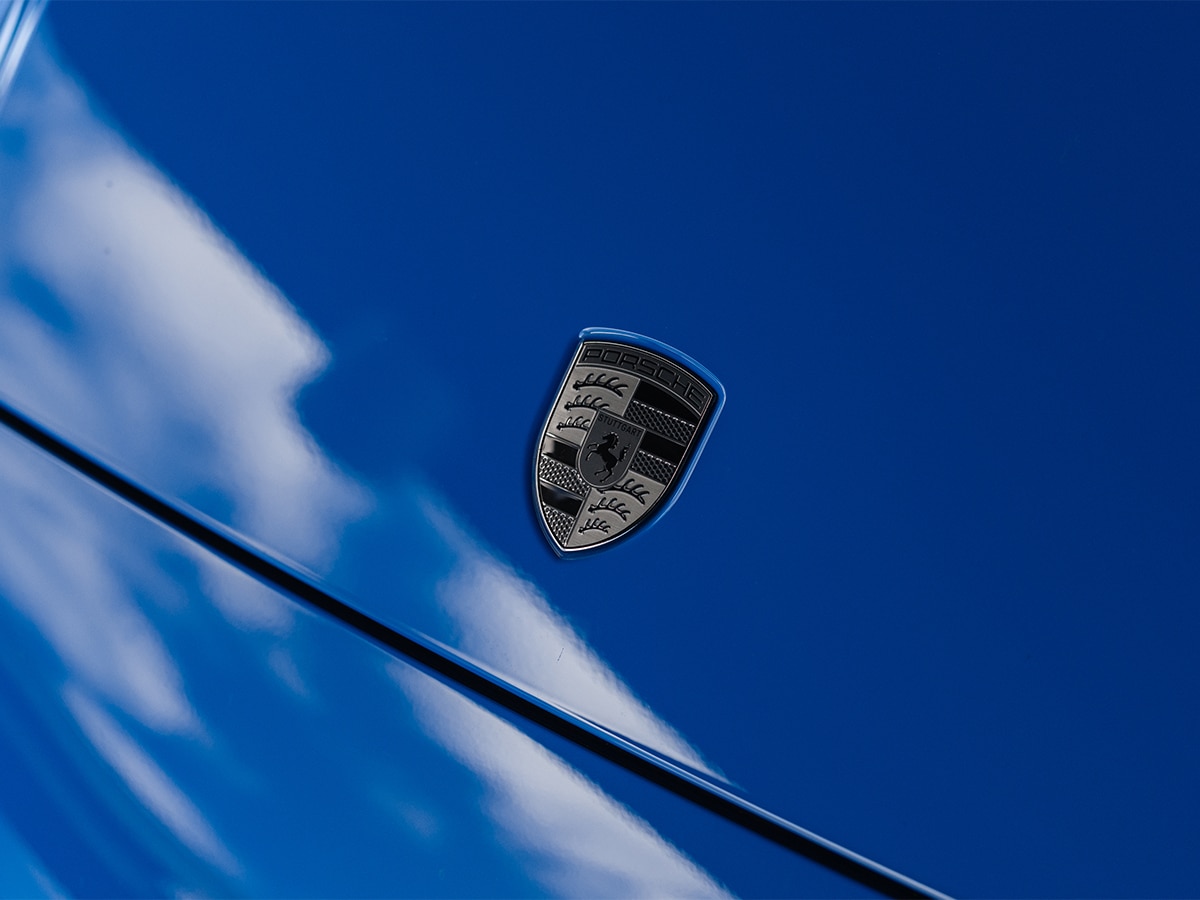
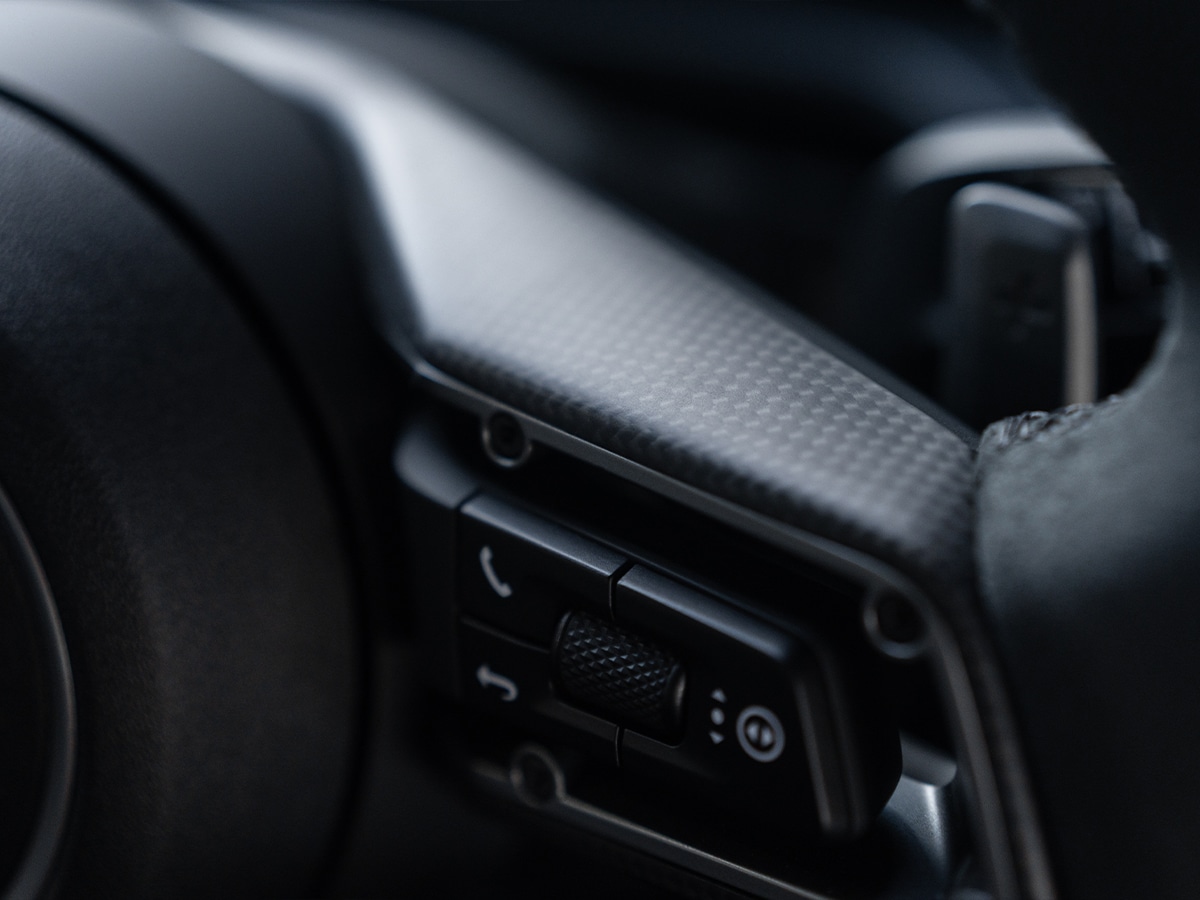

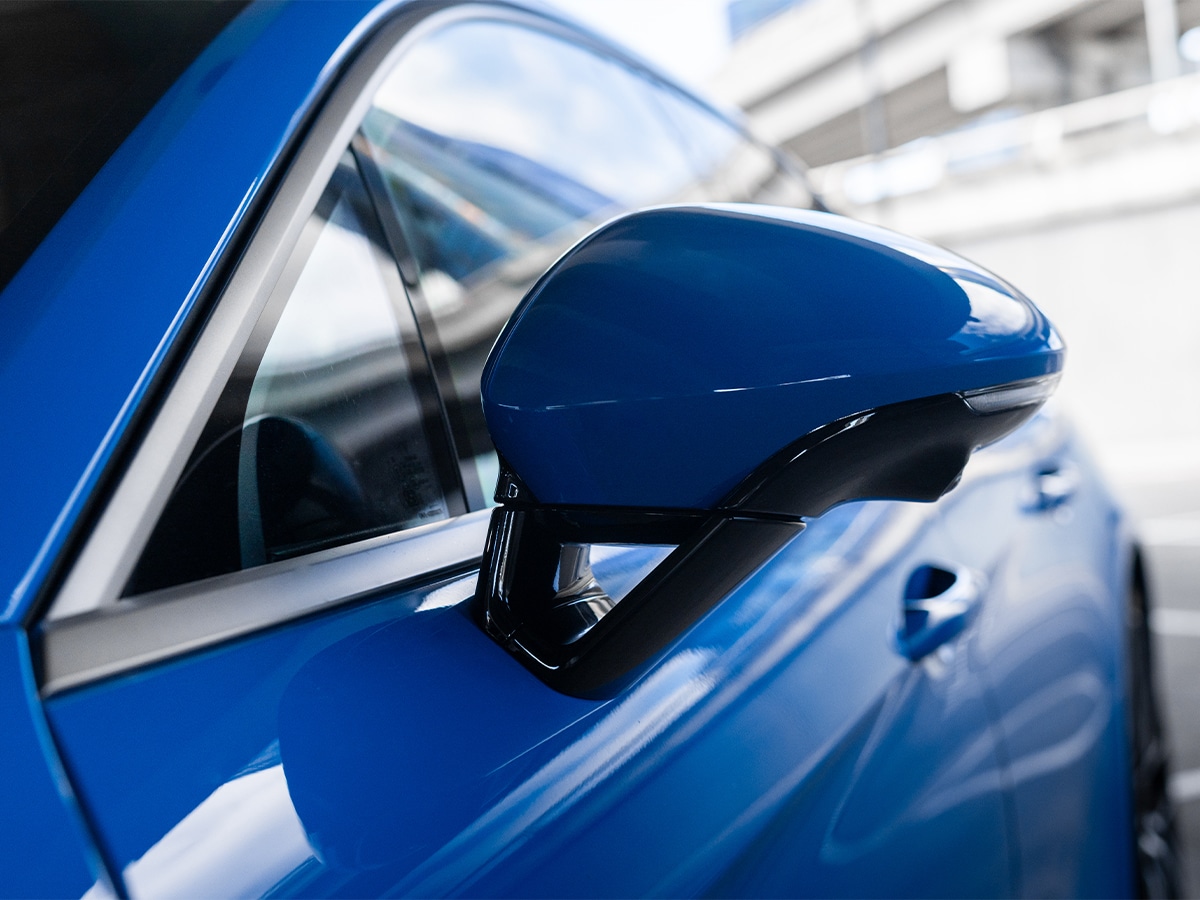
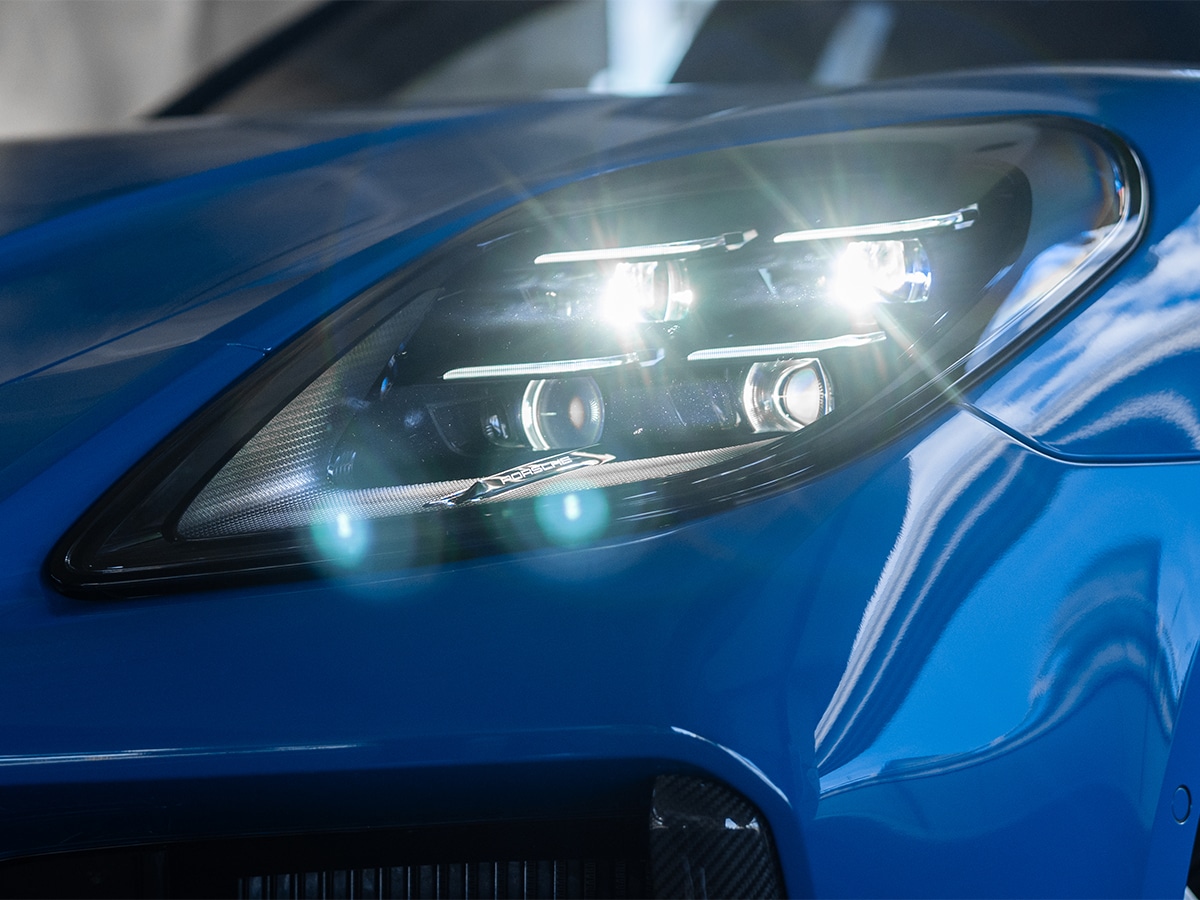
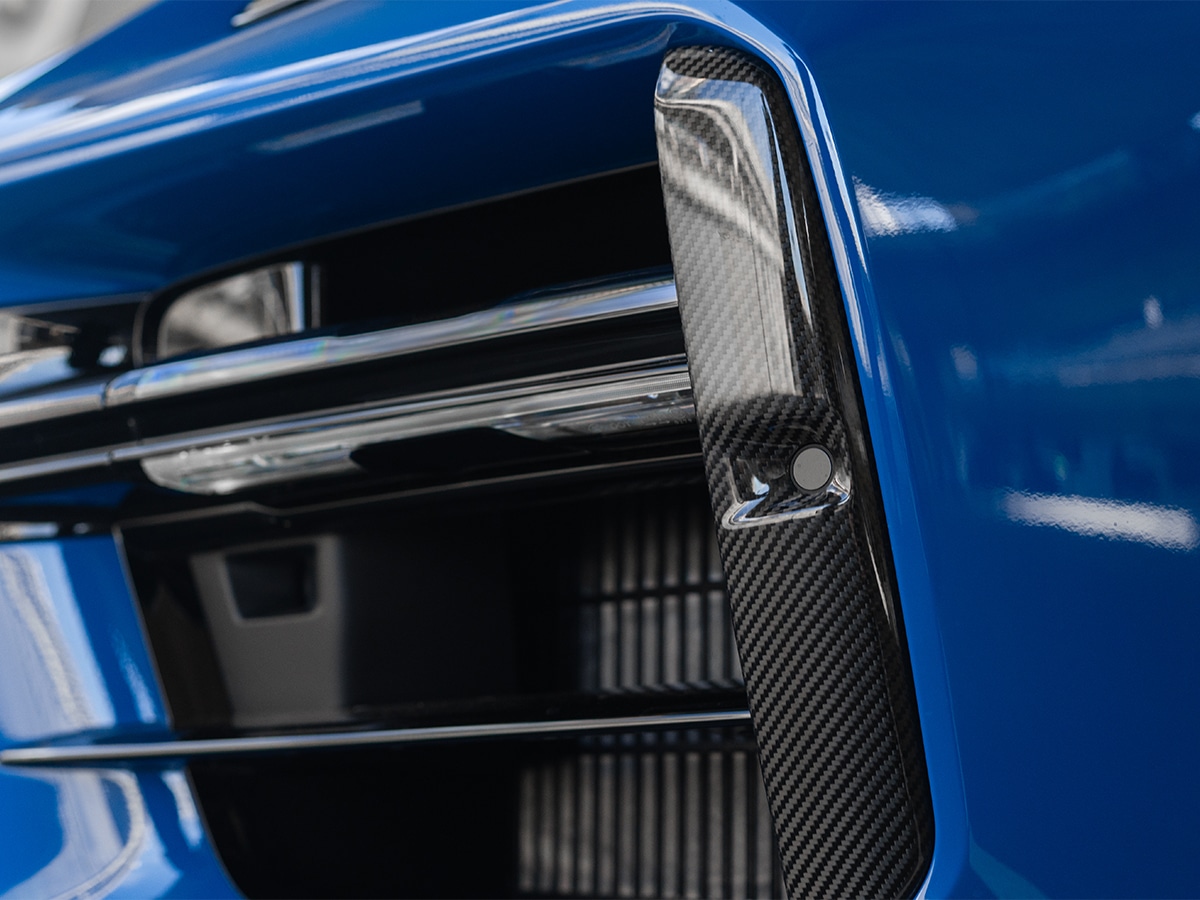
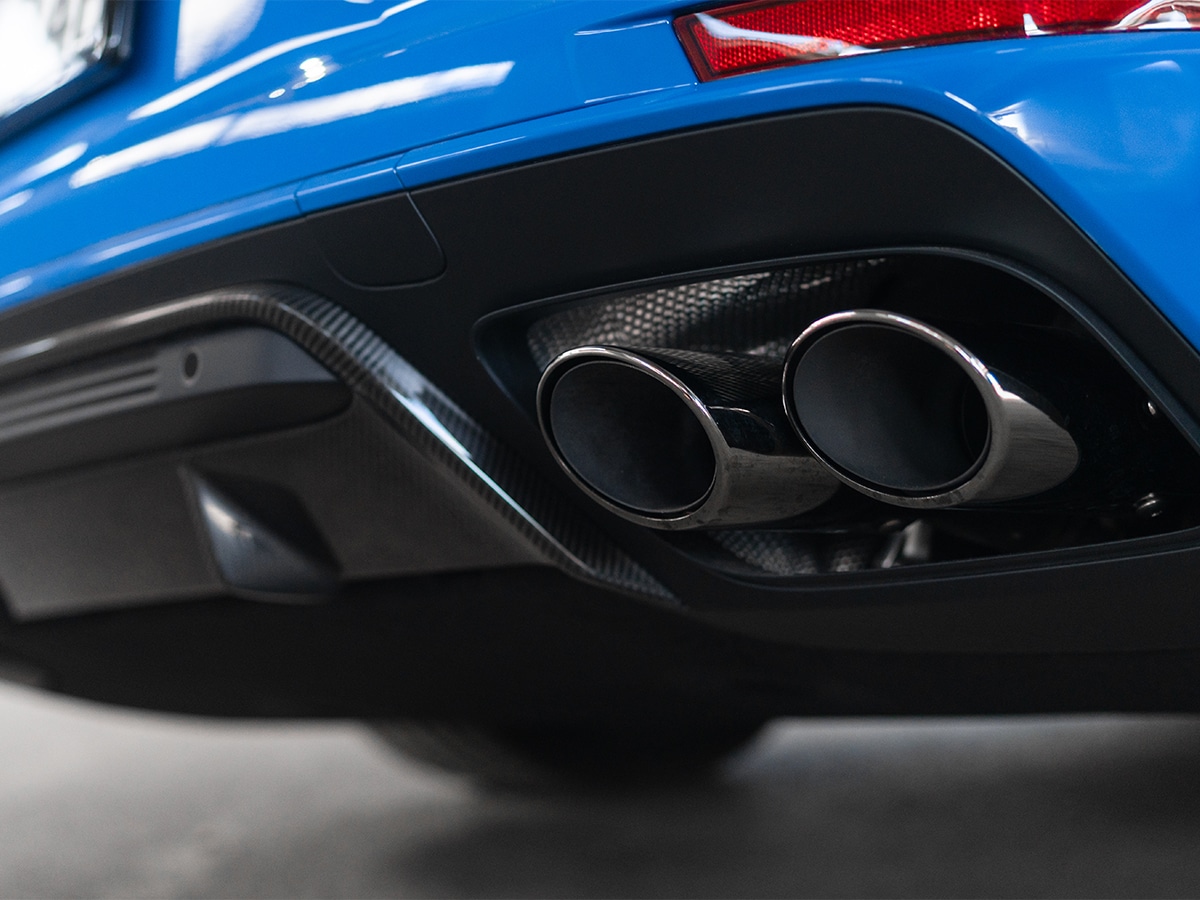
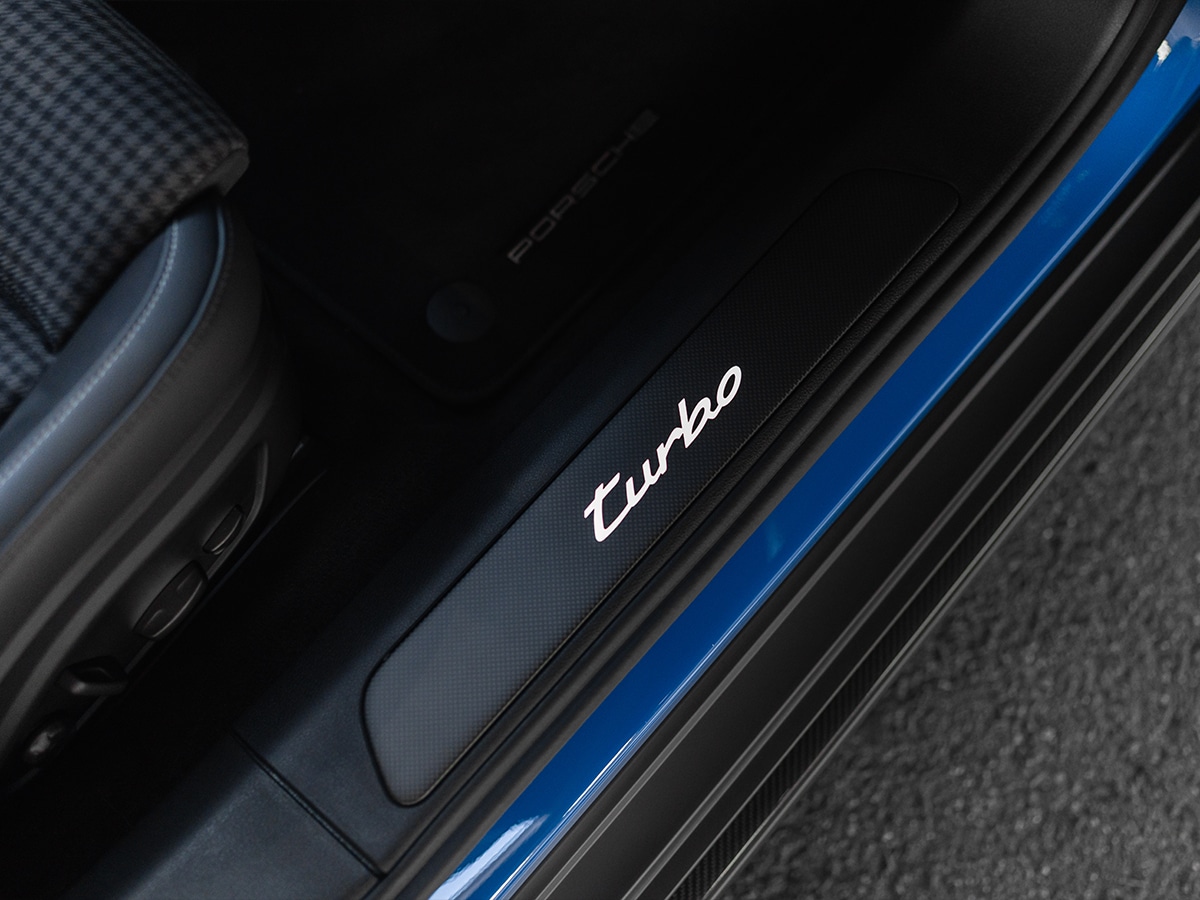




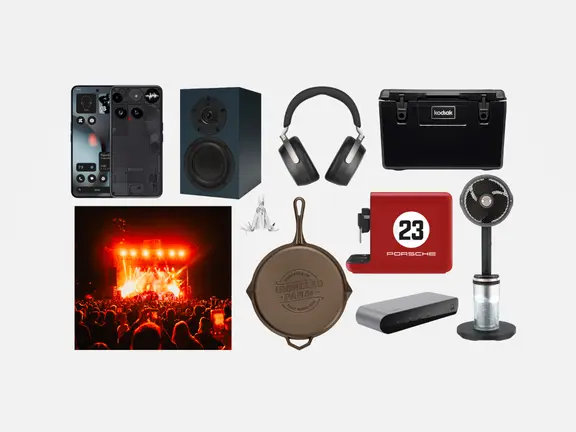



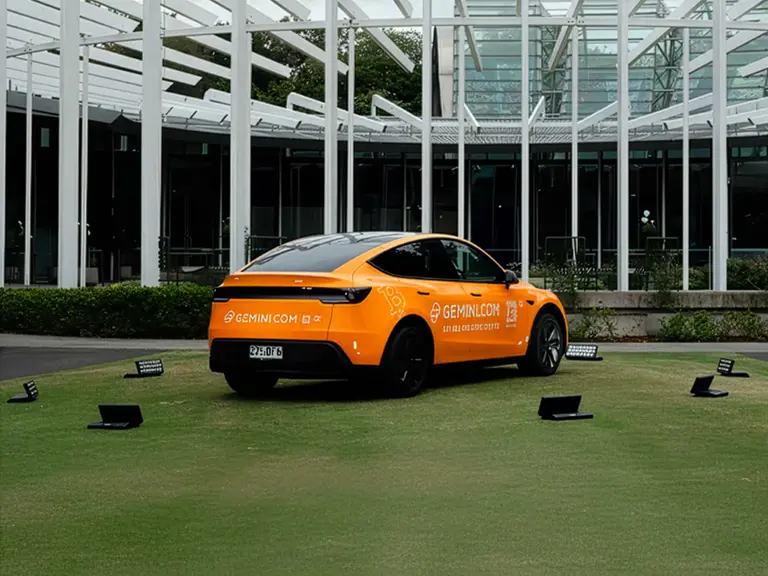
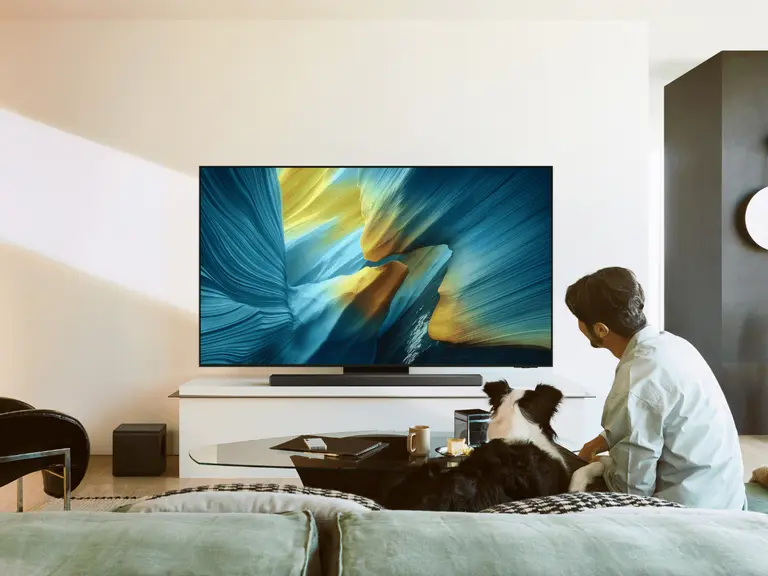


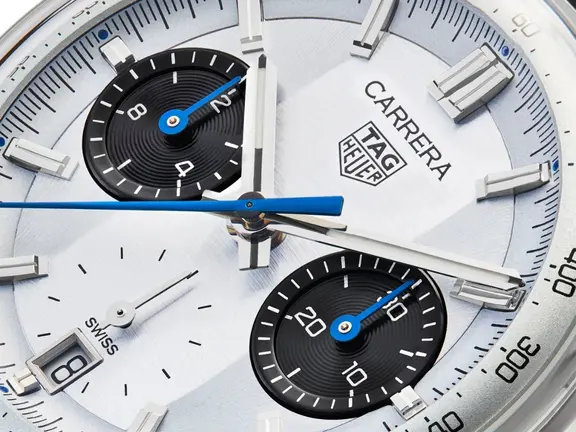
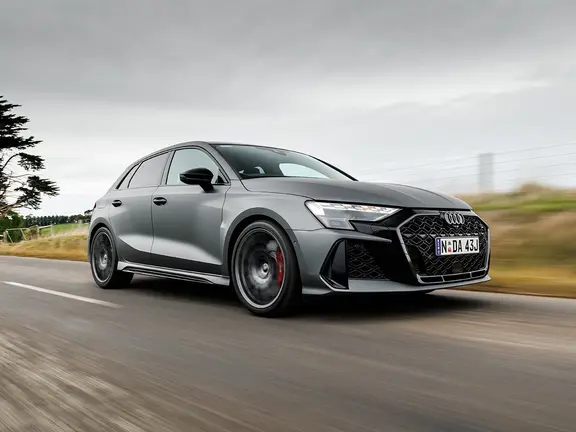


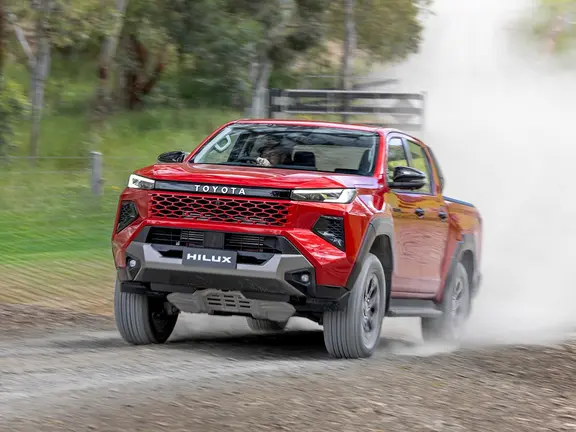
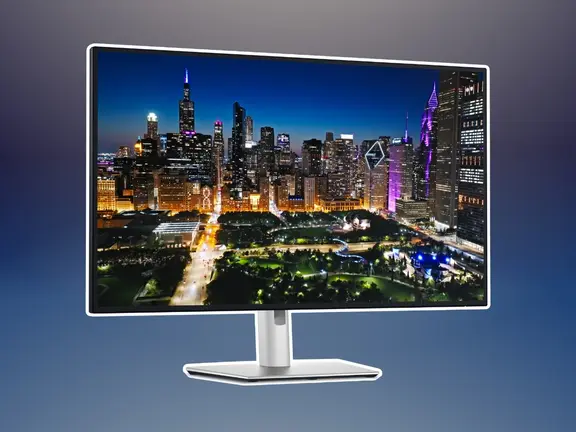




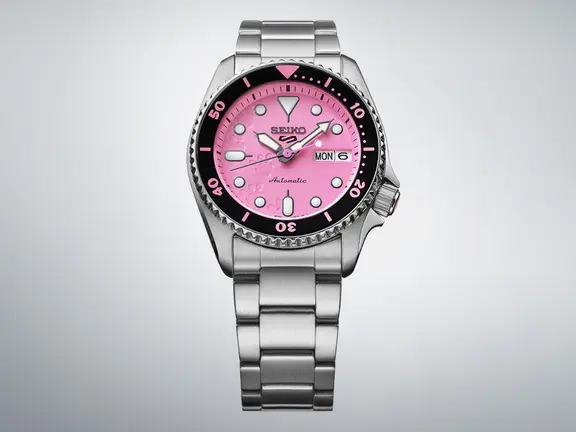

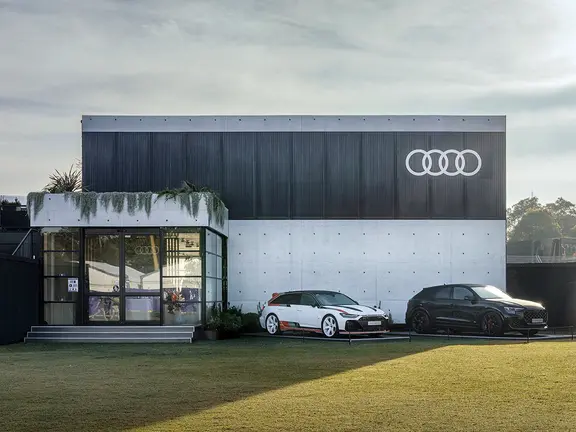


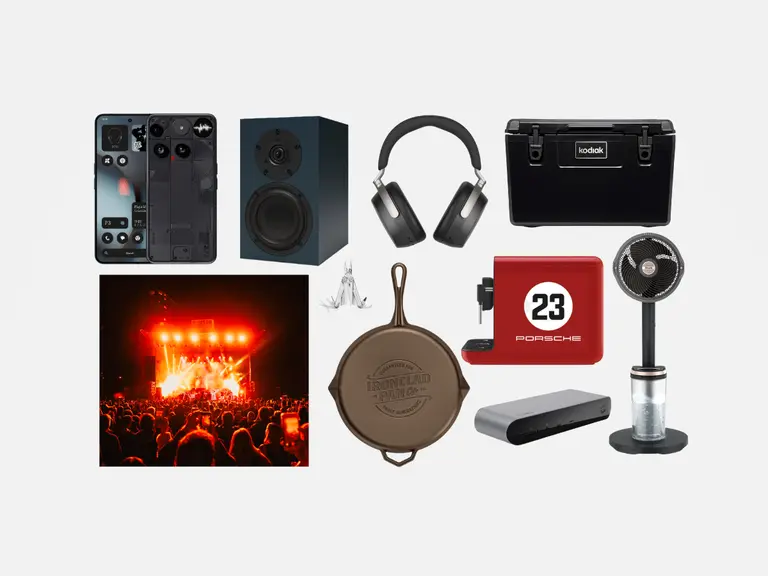


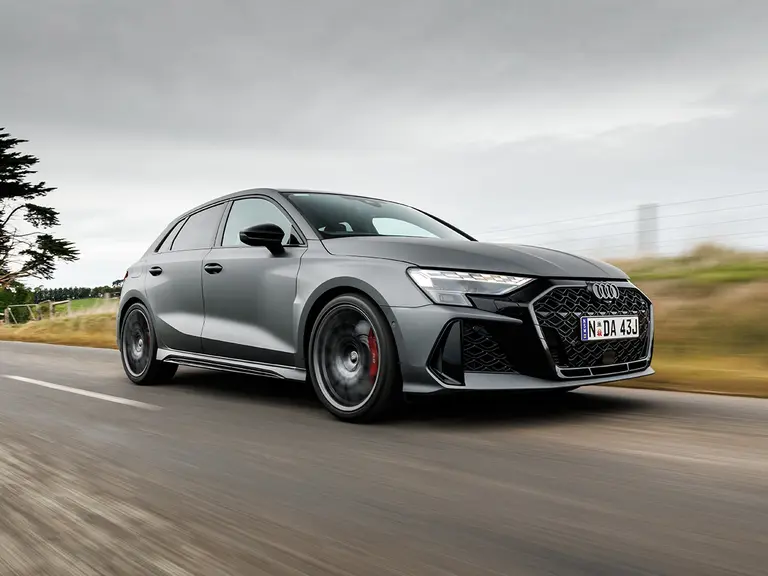
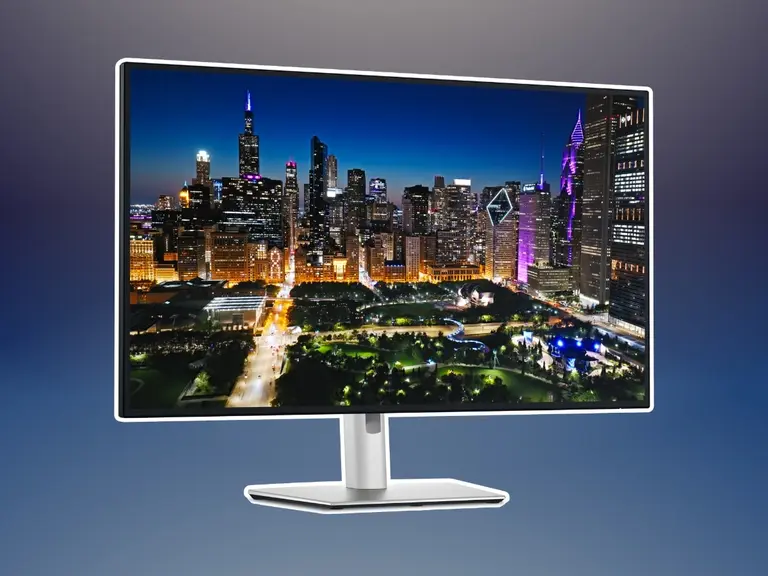

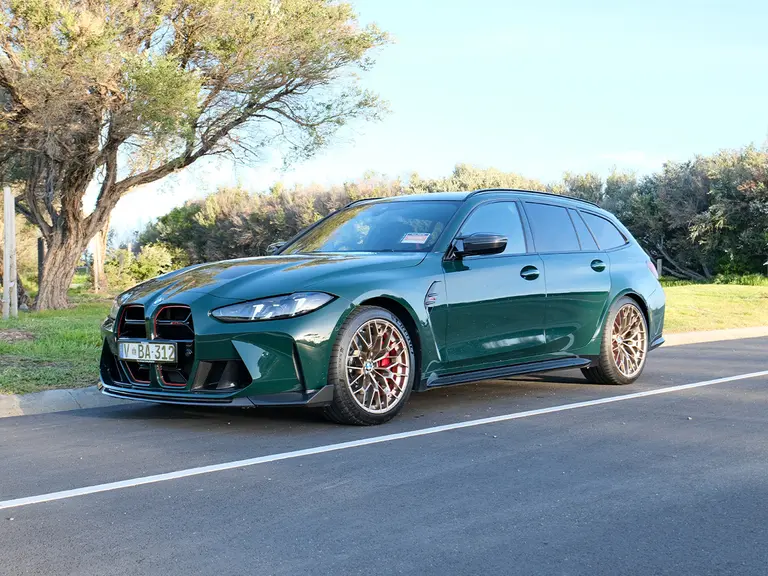
Comments
We love hearing from you. or to leave a comment.